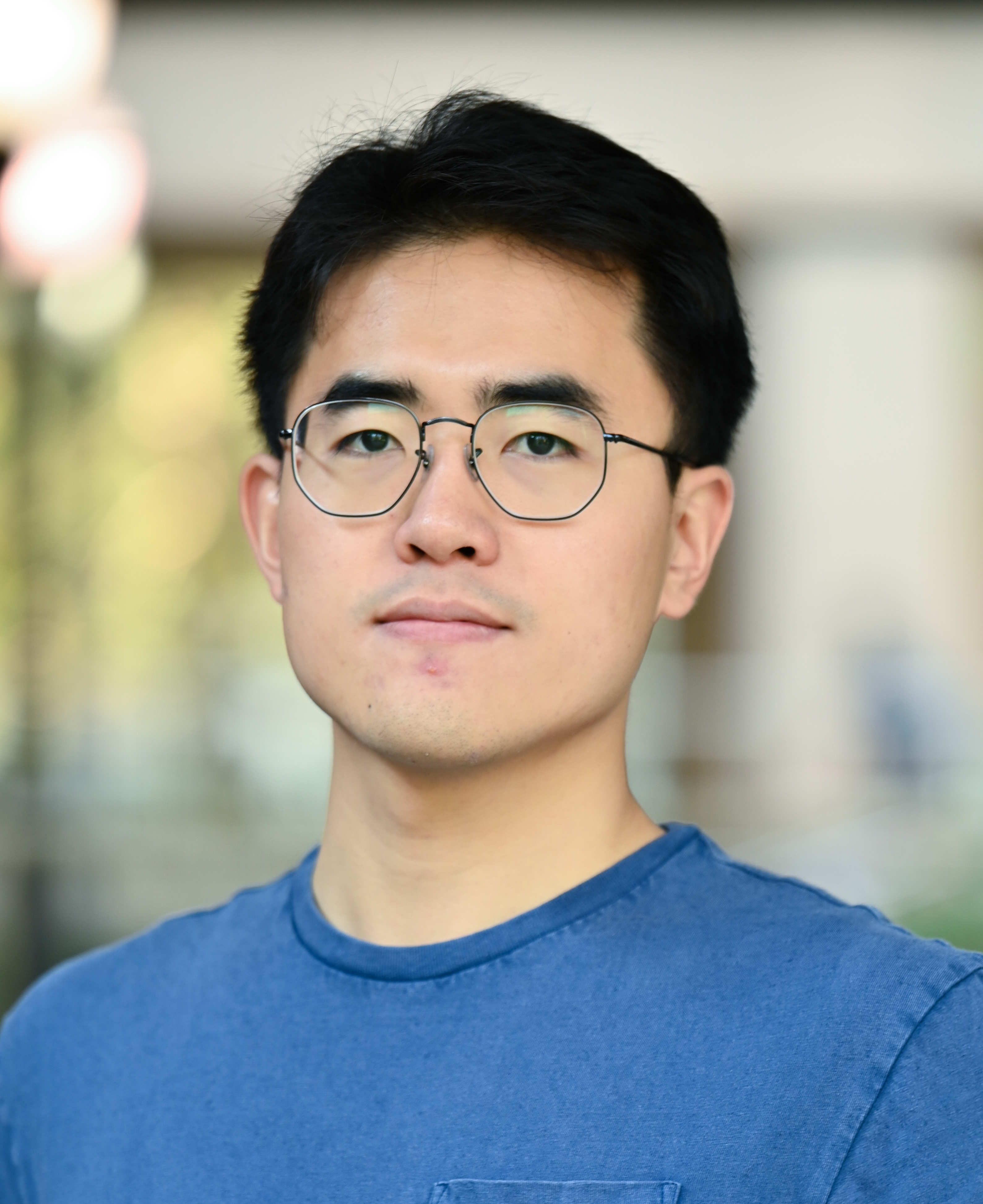About me
I’m a 4th year applied mathematics Ph.D student at the University of Minnesota, Twin Cities. My PhD advisor is Prof. Hans Othmer. I earned an Honors B.S in mathematics and applied mathematics at CKC Honors College, Zhejiang University in 2020, and my undergraduate thesis was advised by Prof. Qinghai Zhang. Currently, I am also working with Prof. Gregory Handy, Prof. Christoph Kirst, Prof. Dongyeop Kang, and Prof. Yulong Lu.
My research interests include Computational biology, Computational Neuroscience, Complex Networks and NLP. I have a strong interest in understanding the function of our brain, from both the biochemical direction (e.g. modeling the tripartite synapse with dynamical systems), and the computational direction (e.g. exploring its computation ability with recurrent neuronal networks). Moreover, I am also interested in NLP and hope to explore its interaction with some functions of the brain (e.g. cognition and learning).
Current Research
Here I briefly summarize all my current research.
Modeling of the neuron-astrocyte network
In this project, we are developing models to understand the astrocyte morphological remodeling process and its implications in brain functions such as learning and memory. In collaboration with Prof. Gregory Handy and Prof. Hans Othmer, we have begun to address the intriguing question of the astrocyte’s role in the brain. We aim to comprehend the astrocyte’s involvement in neuronal networks by modeling its morphological remodeling process and integrating it into the local tripartite synapse model. It will involve multiscale modeling to simulate different timescales for neural signals, astrocytic signals and their interactions, and the finite element method to model the changes in the cell volume and shape. Additionally, we may explore stochastic modeling to simulate interactions within myriad microdomains surrounding astrocytes, which can not be fully captured by current lab experiments. In a summary, we aspire to develop an adaptable model that will allow us to extend this localized model into a network-level framework—a neuron-astrocyte network model which could potentially enhance our understanding of current artificial networks, like the transformer.
Modeling the Self-reconfiguration Process in Neuronal Networks
This is a collaborated work with Prof. Christoph Kirst. We are developing a tensor-based learning algorithm to simulate and explore synchronized learning behavior in the brain. Paper to be uploaded.
Understanding the biological complex network
In this project, we are investigating complex network modularization and network reduction. This project, which began in my first year as a review to understand biological complex networks, is a collaboration with Prof. Hans Othmer. We are aiming to find an efficient and effective method to simplify complex biological networks. To tackle this problem, we employ both continuous methods (e.g. ODEs) and discrete methods (e.g. Boolean model) and analyze both the structure of the system and its dynamics. Furthermore, we verify our idea on different systems such as gene regulation networks.
